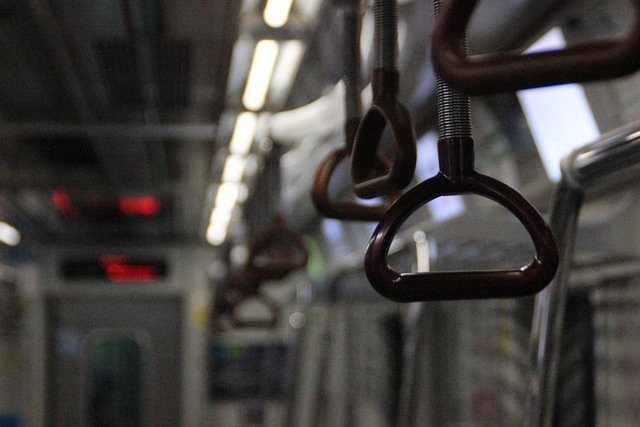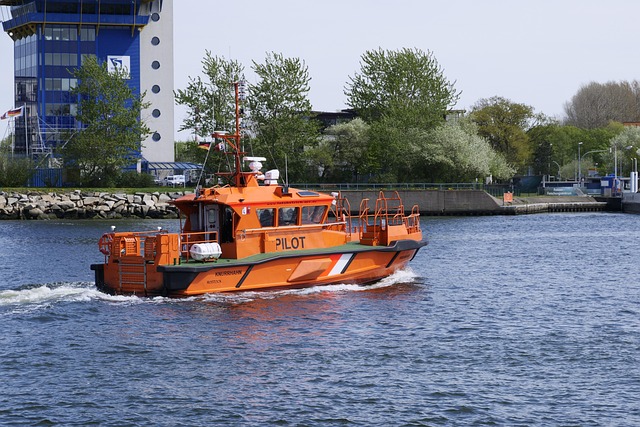Choosing between enclosed and open transport for shipping oversized vehicles depends on vehicle needs. Enclosed options offer climate-controlled security, ideal for high-end or classic cars requiring extra protection from elements. Open transport is cost-effective but exposes vehicles to weather conditions, suitable only for robust automobiles less prone to damage. For enhanced security, enclosed transport is preferable; open transport may be sufficient for less valuable, sturdy vehicles.
“When transporting your vehicle, do you choose enclosed or open car shipping? This decision is crucial, especially when dealing with oversized vehicles. This article guides you through the process of understanding these transport methods and their distinct advantages and disadvantages. We’ll explore key differences, from weather protection to cost, helping you choose the optimal method for your needs—whether it’s a high-value classic or a time-sensitive delivery.”
- Understanding Enclosed and Open Car Transport
- – Definition of enclosed and open car transport
- – Key differences between the two
Understanding Enclosed and Open Car Transport

When it comes to shipping oversized vehicles, understanding the difference between enclosed and open transport options is crucial. Enclosed car transport refers to methods that protect vehicles from direct exposure to the elements during transit. This typically involves secure, climate-controlled trailers or containers designed specifically for safe vehicle carriage. Such options are ideal for high-end cars, classics, or any vehicles requiring extra care due to their delicate nature or specific operational needs.
Open transport, on the other hand, involves carrying vehicles on open-topped trucks, exposing them to weather conditions. This method is generally more cost-effective but offers less protection. It’s suitable for sturdy vehicles that can withstand varying climates during shipping. Open transport is commonly used for bulk shipments of standard cars due to its efficiency and lower price point in the car shipping industry, especially when dealing with long distances.
– Definition of enclosed and open car transport

Enclosed car transport refers to a method where vehicles are securely stored within a sealed, protected container during transit. This option is ideal for precious or vulnerable cars, offering maximum shielding from external elements and potential damage. It’s particularly favored for shipping oversized vehicles, ensuring they remain safe and sound while being transported over long distances.
In contrast, open car transport involves carrying vehicles on open-topped carriers, exposing them to direct weather conditions and external hazards. While it’s a more cost-effective option, open transport is better suited for standard cars that aren’t particularly valuable or fragile. This method is less ideal for shipping oversized vehicles due to the increased risk of damage from weather and other potential factors during transit.
– Key differences between the two

When it comes to shipping oversized vehicles, whether enclosed or open transport options, there are distinct differences that can impact your choice. One of the most notable distinctions lies in the level of protection offered to the vehicle during transit. Enclosed transport provides a secure and protected environment, shielding the vehicle from direct exposure to the elements, road debris, and potential damage from other vehicles. This is particularly advantageous for high-value or fragile cars that require extra care.
In contrast, open transport exposes the vehicle to the outdoors, offering less protection against environmental factors. While it may be more cost-effective, open transport increases the risk of damage from weather conditions like rain, snow, or extreme temperatures, as well as potential hazards on the road, such as flying debris. For less valuable or sturdy vehicles, open transport might suffice, but for those needing enhanced security and protection, enclosed transport is the preferred choice.
When considering the best method for shipping oversized vehicles, whether it’s an enclosed or open transport option, understanding the key differences is crucial. Enclosed carriers offer protection from the elements and potential damage, making them ideal for valuable or delicate vehicles. Open transports, on the other hand, are more cost-effective and suitable for less precious cars that can withstand exposure to weather conditions. For specific shipping oversized vehicles, evaluating these factors ensures a safe and efficient journey, catering to diverse vehicle needs and budgets.
